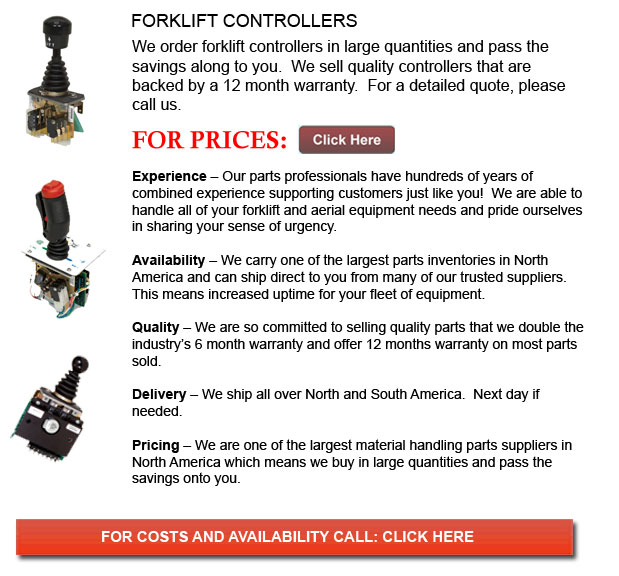
Forklift Controllers - Lift trucks are obtainable in several various units that have varying load capacities. Most standard lift trucks used inside warehouse environment have load capacities of 1-5 tons. Larger scale models are used for heavier loads, such as loading shipping containers, could have up to fifty tons lift capacity.
The operator could use a control to lower and raise the forks, which are also called "tines or forks." The operator can likewise tilt the mast so as to compensate for a heavy load's tendency to angle the tines downward to the ground. Tilt provides an ability to work on rough surface too. There are annual competitions for skilled lift truck operators to compete in timed challenges and obstacle courses at local forklift rodeo events.
Forklifts are safety rated for loads at a specific utmost weight as well as a specified forward center of gravity. This vital information is supplied by the manufacturer and positioned on a nameplate. It is vital loads do not go over these specifications. It is against the law in many jurisdictions to tamper with or take out the nameplate without getting consent from the forklift manufacturer.
Nearly all lift trucks have rear-wheel steering so as to increase maneuverability. This is particularly helpful within confined areas and tight cornering areas. This kind of steering differs rather a bit from a driver's initial experience along with various vehicles. Since there is no caster action while steering, it is no needed to use steering force in order to maintain a constant rate of turn.
Unsteadiness is another unique characteristic of lift truck utilization. A constantly varying centre of gravity occurs with every movement of the load between the lift truck and the load and they must be considered a unit during use. A lift truck with a raised load has centrifugal and gravitational forces which may converge to bring about a disastrous tipping accident. So as to avoid this from happening, a forklift should never negotiate a turn at speed with its load raised.
Forklifts are carefully designed with a load limit used for the tines. This limit is decreased with undercutting of the load, which means the load does not butt against the fork "L," and likewise decreases with blade elevation. Generally, a loading plate to consult for loading reference is positioned on the lift truck. It is dangerous to make use of a forklift as a personnel lift without first fitting it with specific safety tools like for example a "cherry picker" or "cage."
Lift truck use in distribution centers and warehouses
Lift trucks are an important component of distribution centers and warehouses. It is vital that the work situation they are placed in is designed so as to accommodate their safe and efficient movement. With Drive-In/Drive-Thru Racking, a forklift needs to go in a storage bay that is multiple pallet positions deep to put down or get a pallet. Operators are normally guided into the bay through rails on the floor and the pallet is positioned on cantilevered arms or rails. These confined manoeuvres need expert operators so as to do the task safely and efficiently. Because each and every pallet needs the truck to go into the storage structure, damage done here is more common than with various types of storage. Whenever designing a drive-in system, considering the size of the tine truck, as well as overall width and mast width, have to be well thought out to be able to make certain all aspects of a safe and effective storage facility.
![]() Click to Download the pdf
Click to Download the pdf
Forklift Parts
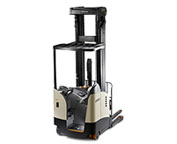
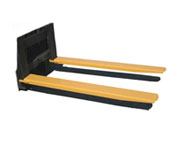
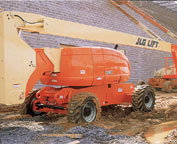
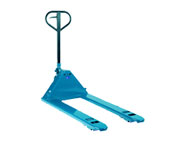
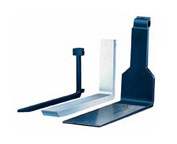
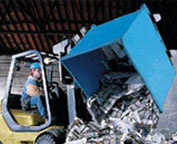
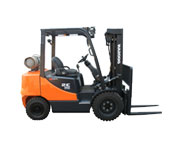

Lift Parts Express
TOLL FREE: 1-888-695-7994
LOCAL: 805-285-7052
1197 E Los Angeles Ave C-331
Simi Valley, California
forkliftpartssimivalley.com
Email Us
About Us


